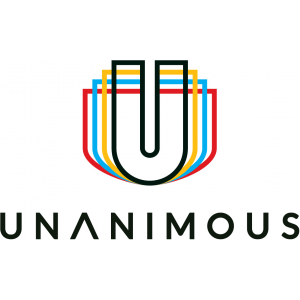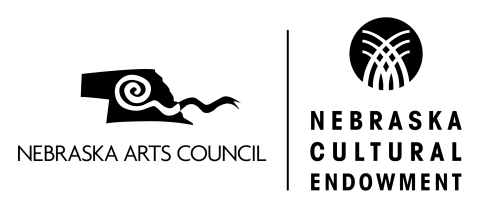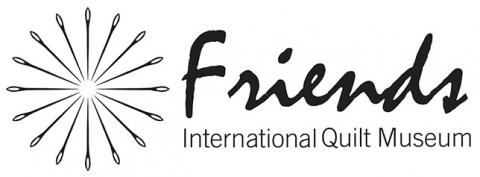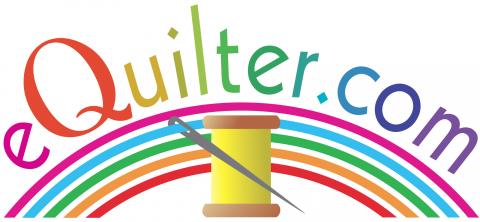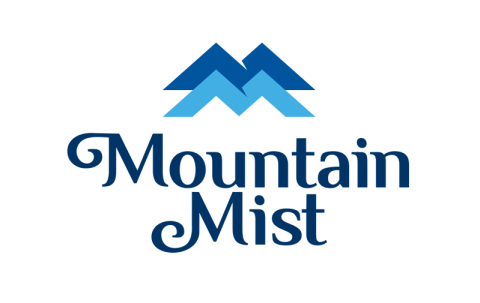
Feed Sacks: An American Fairy Tale
Feed Sacks: An American Fairy Tale
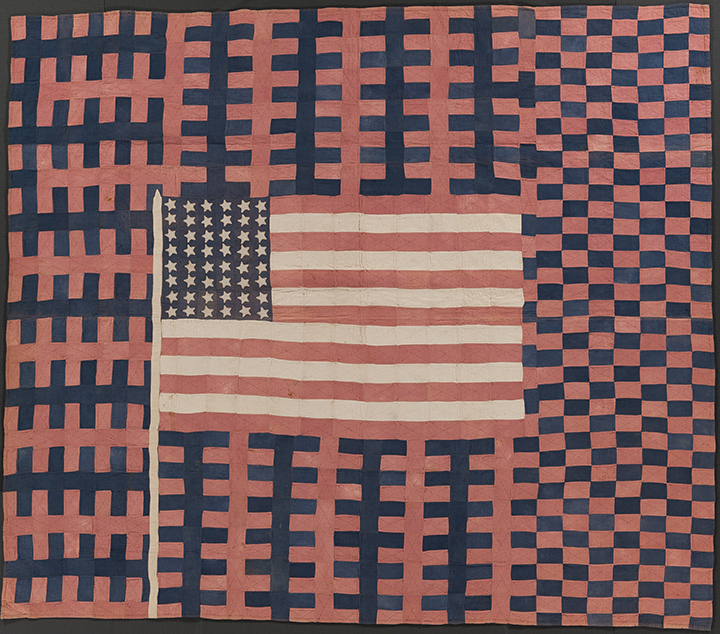
Feed sack is a catch-all term for any cloth bag that contains a variety of dry goods.This type of bag has many names: feed sack, feed bag, cloth commodity bag. Ingenious and thrifty quilters, seamstresses, home sewists and children re-used the cloth to create quilts, clothes, bedding, decor and accessories that exemplify the era.
The term “feed sack” tends to evoke brightly colored, small-scale printed designs on coarsely woven cotton. This type of fabric is synonymous with feed sacks. However, it is not the only fabric used for feed sacks, and the cotton commodity bags held more than just "feed."
Dry goods like salt, sugar, flour, and rice were sold in woven cotton sacks. Animal feed, fertilizer, seeds, cement mix, and plastic beads were also packaged in the same bags. Cotton sacks made transportation of goods easier compared to the previous mode, barrels. Cloth bags were eventually replaced by multi-wall paper bags, plastic bags and bulk transportation via truck.
The use and re-use of feed sacks in the United States began in the 19th century, ramped up throughout the early 20th century, took off during World War II and continued through the 1960s. At the height of use (and re-use), cloth bag companies operated factories in every major city throughout the United States. Despite being inescapable during their existence, feed sacks are now a distant memory.
January 19, 2024 - July 27, 2024
West Gallery
Event Date
Friday, January 19, 2024 to Saturday, July 27, 2024

